American Psycho II: All American Girl
Analysing flops and B-movies is as instructive as dissecting successful hits. Leading critics cover the successes, but as a nobody, I can pick over the remains of unwanted roadkill like a vulture. On a streaming service I subscribe to for toilet roll deliveries, you can stumble upon some B-movie gems.
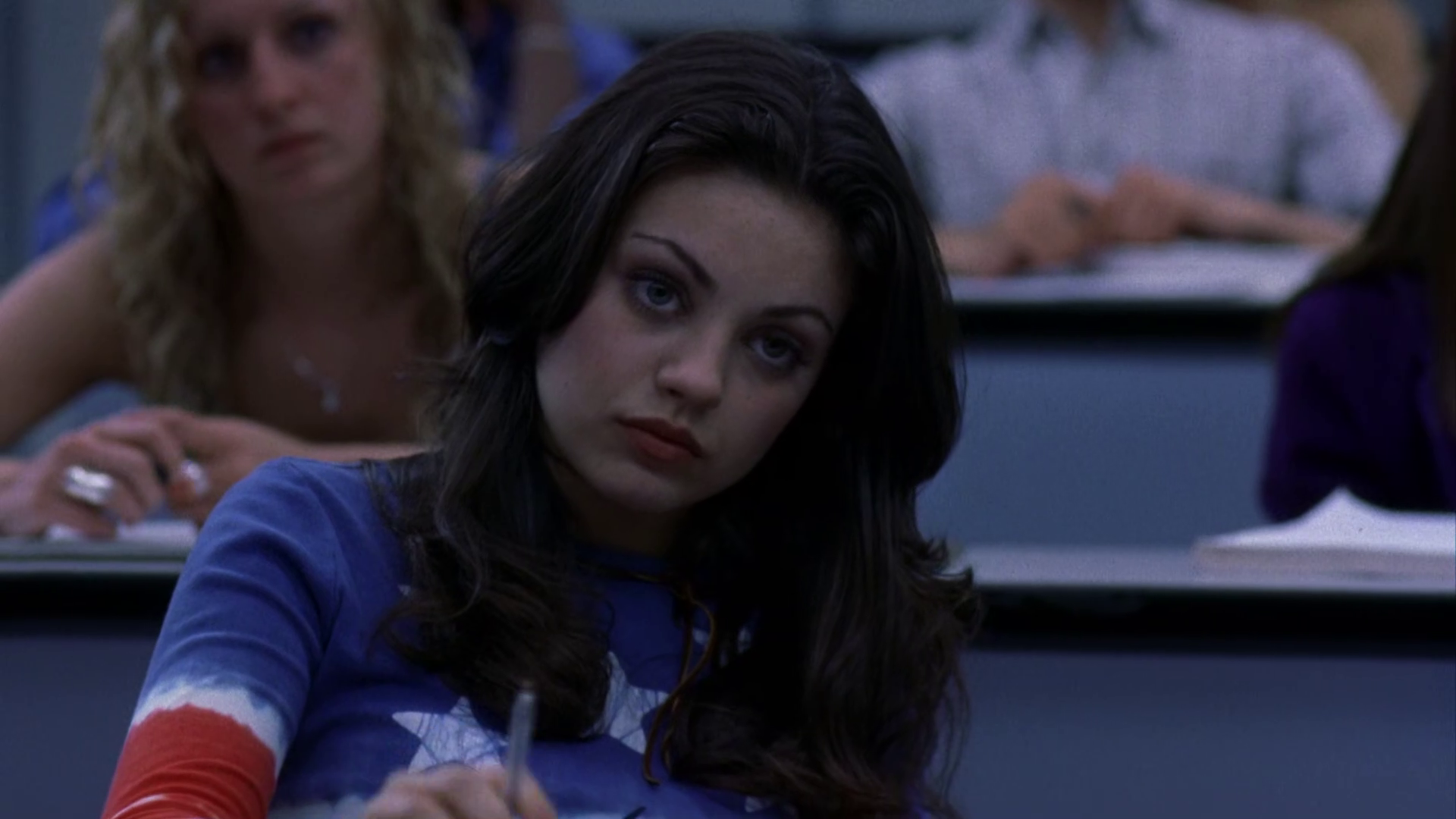 |
|---|
| This 2002 film was one of Mila Kunis’s stepping stones on her rocky journey from a successful TV sitcom star to A-list movie celebrity, a status she achieved with Forgetting Sarah Marshall in 2007 and Black Swan in 2010. |
A script titled The Girl Who Wouldn’t Die was in production. However, the studio, fresh from the runaway success of the modern classic American Psycho, hastily transformed this into a sequel. This misguided executive decision—the film’s original sin—prevented it from ever achieving A-movie status and doomed it to a direct-to-DVD B-movie fate. The moral: only make a sequel if you can bring Christian Bale back.
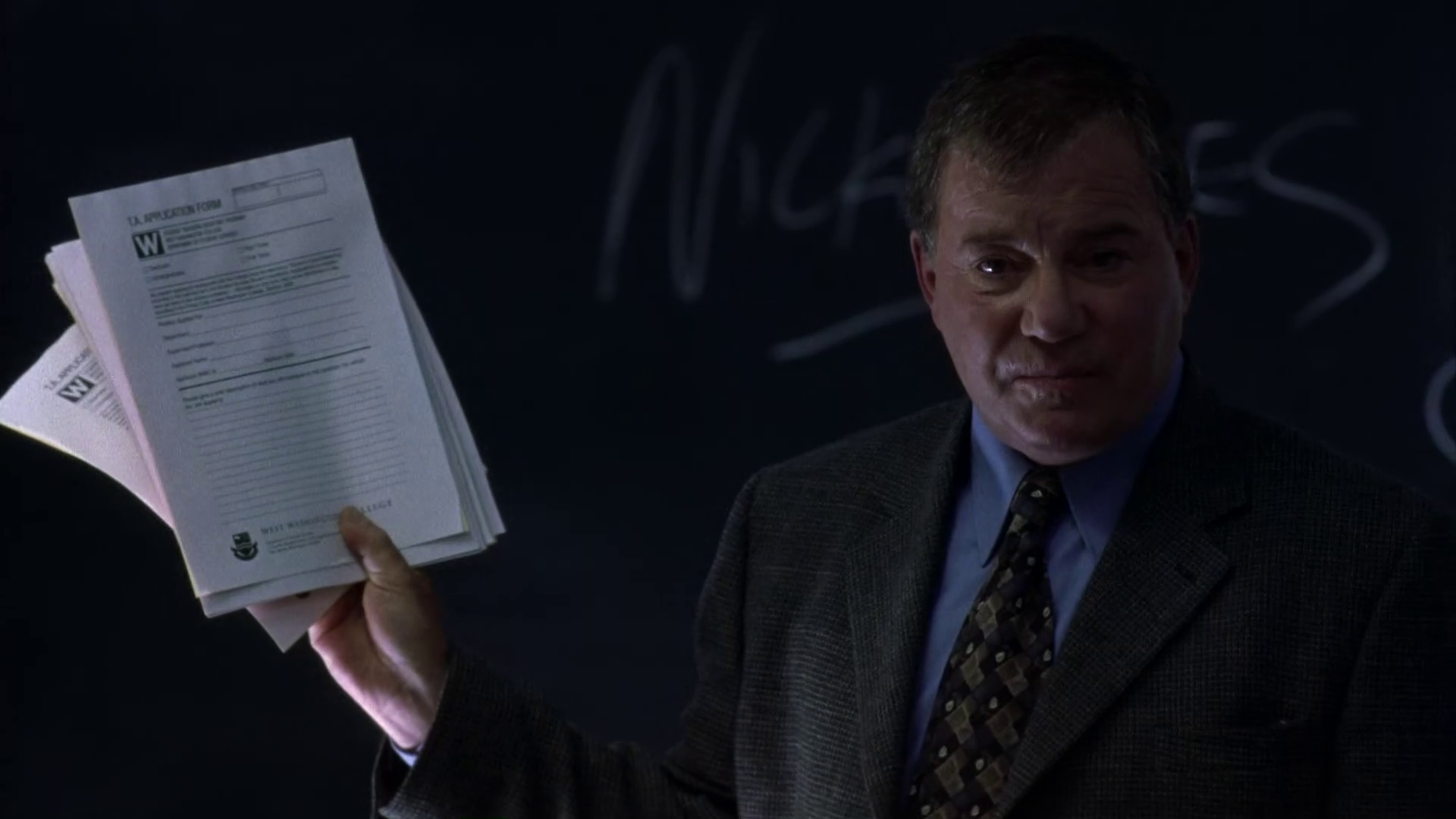 |
|---|
| William Shatner sets the ticking clock. One teaching assistant role is available. |
They did not follow Saving Private Ryan with a skateboard gang turf war. Following a violent sexual satirical horror film, set on Wall Street in the 1980s, with a present day teen campus drama does not make a huge amount of sense. But they did it, so we swallow that and watch it on its terms.
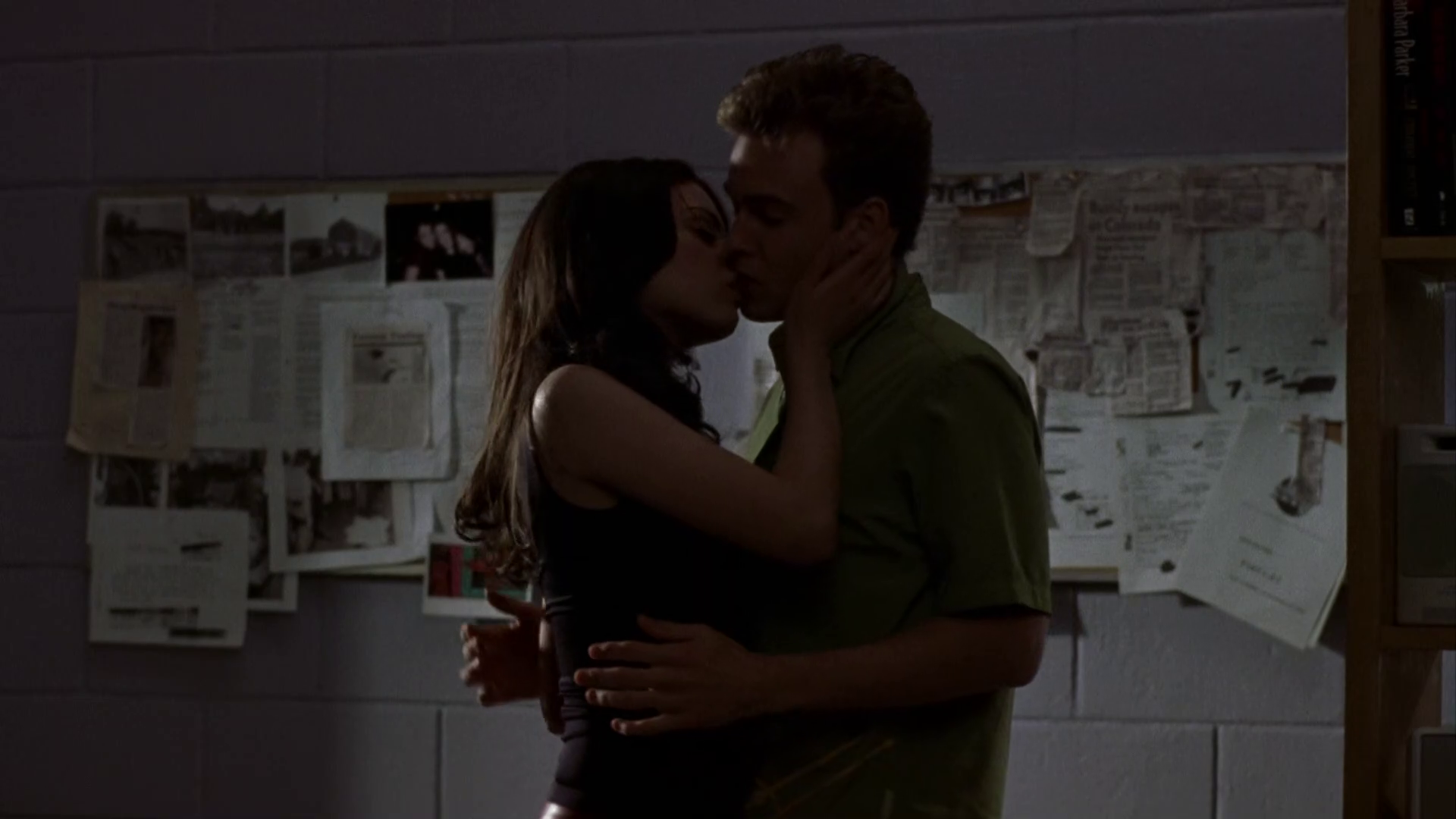 |
|---|
| Where the hell do I put my hands. If I touch her, do I get marched off set? Help. Someone direct me. |
Yet, it is not a C-movie. The film has a semi-coherent beginning, middle, and end, and it is still entertaining. Mila Kunis, then just eighteen or nineteen, plays a college student who ruthlessly eliminates everyone obstructing her path to a coveted teaching assistant position.
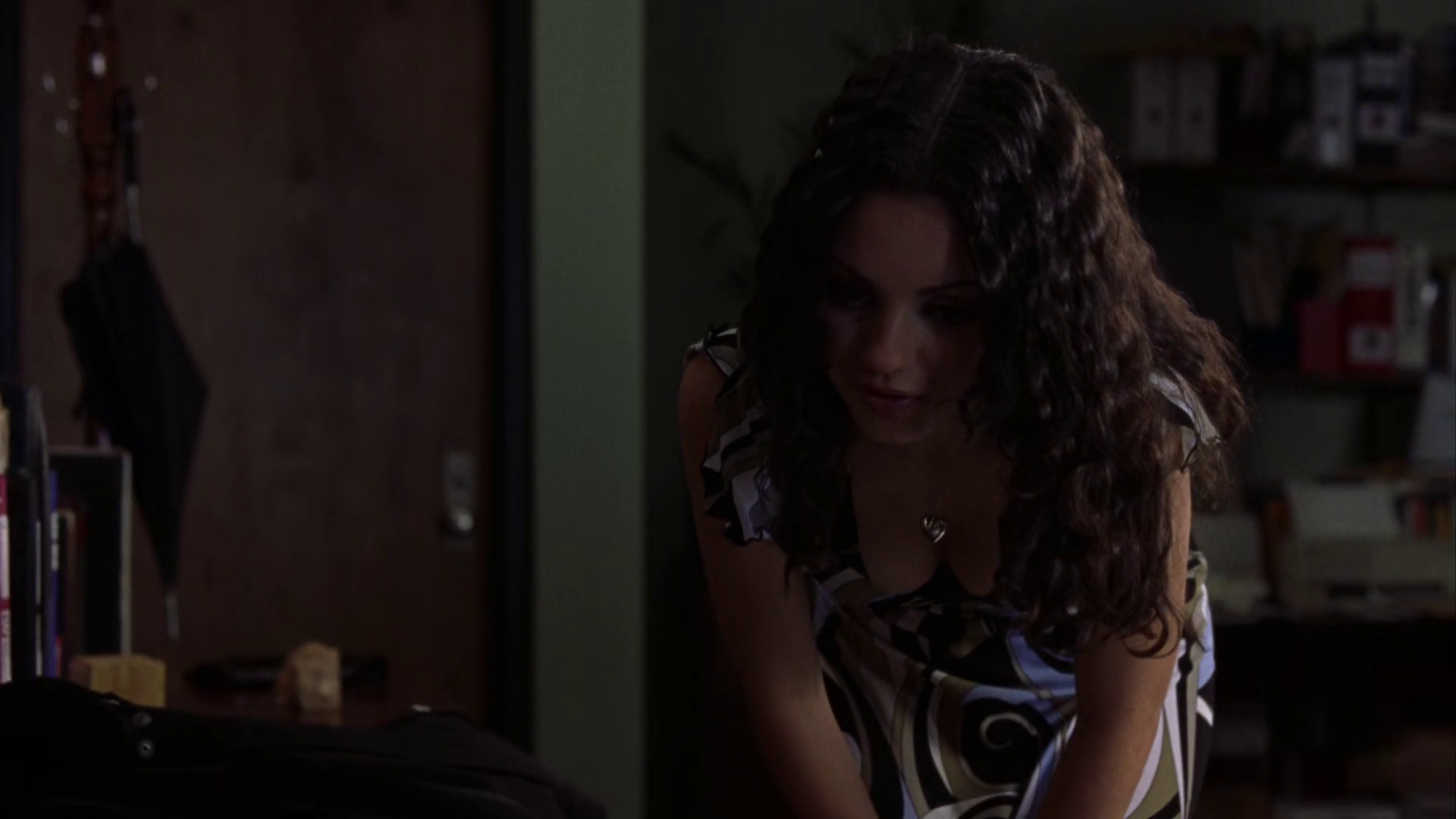 |
|---|
| The executive meddling make the premise senseless, but I have boobs, probably. I don’t get paid enough to show them until Black Swan. |
Her youthful charm and sassy girl-boss energy are enough to keep the show moving. William Shatner, as the professor, and Geraint Wyn Davies, as the psychiatrist, deliver competent, workmanlike performances.
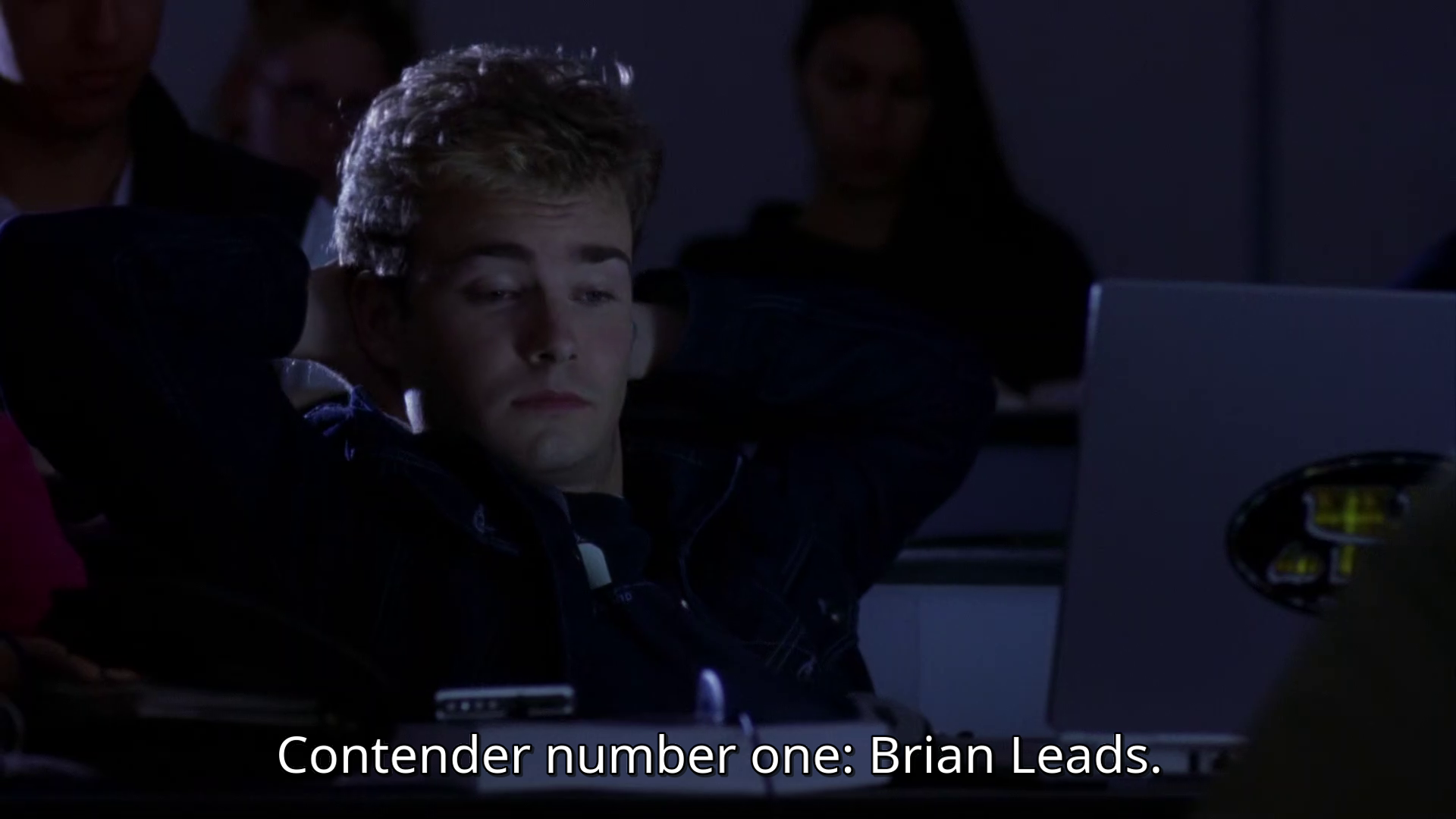 |
|---|
| She goes on a date with the first classmate, an attractive rival for the teaching assistant role. Son of Daddy Warbucks, slacker but his father controls the university. This subplot could have provided a pivotal dilemma between personal ambition and long-term security, but it didn’t. |
Of course, this is not a tent-pole A-movie either. But it is on par with Murder, She Wrote (a show referenced in the film), with the campus setting evoking an insular, Cabot Cove-like atmosphere. The remnants of the original script hint at a Scream-style parody of The Silence of the Lambs or a Heathers-esque dark teen comedy.
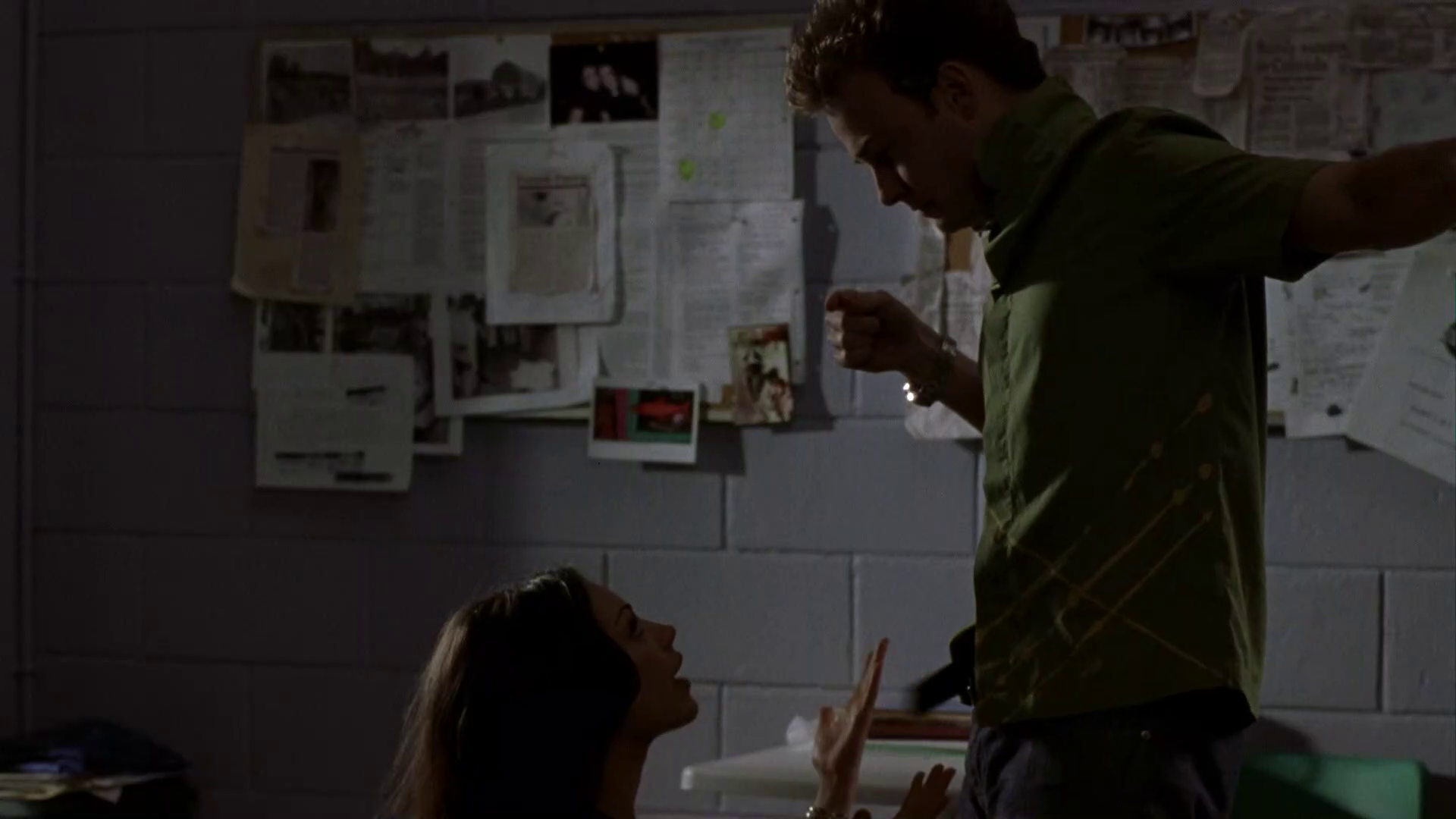 |
|---|
| If, in the midst of passion, she simply asked for a condom, then instantly strangled him with it, it would have worked. But in the film, it doesn’t quite land because of a drawn-out clothes-on setup, involving a long discussion about safe sex, debating who should go find a condom, and him wandering around her dorm room. |
This brings us back to the film’s core problem: the decision to shoehorn in the American Psycho connection. This choice forces Mila Kunis’s character, Rachael Newman, into a poorly constructed imitation of Patrick Bateman.
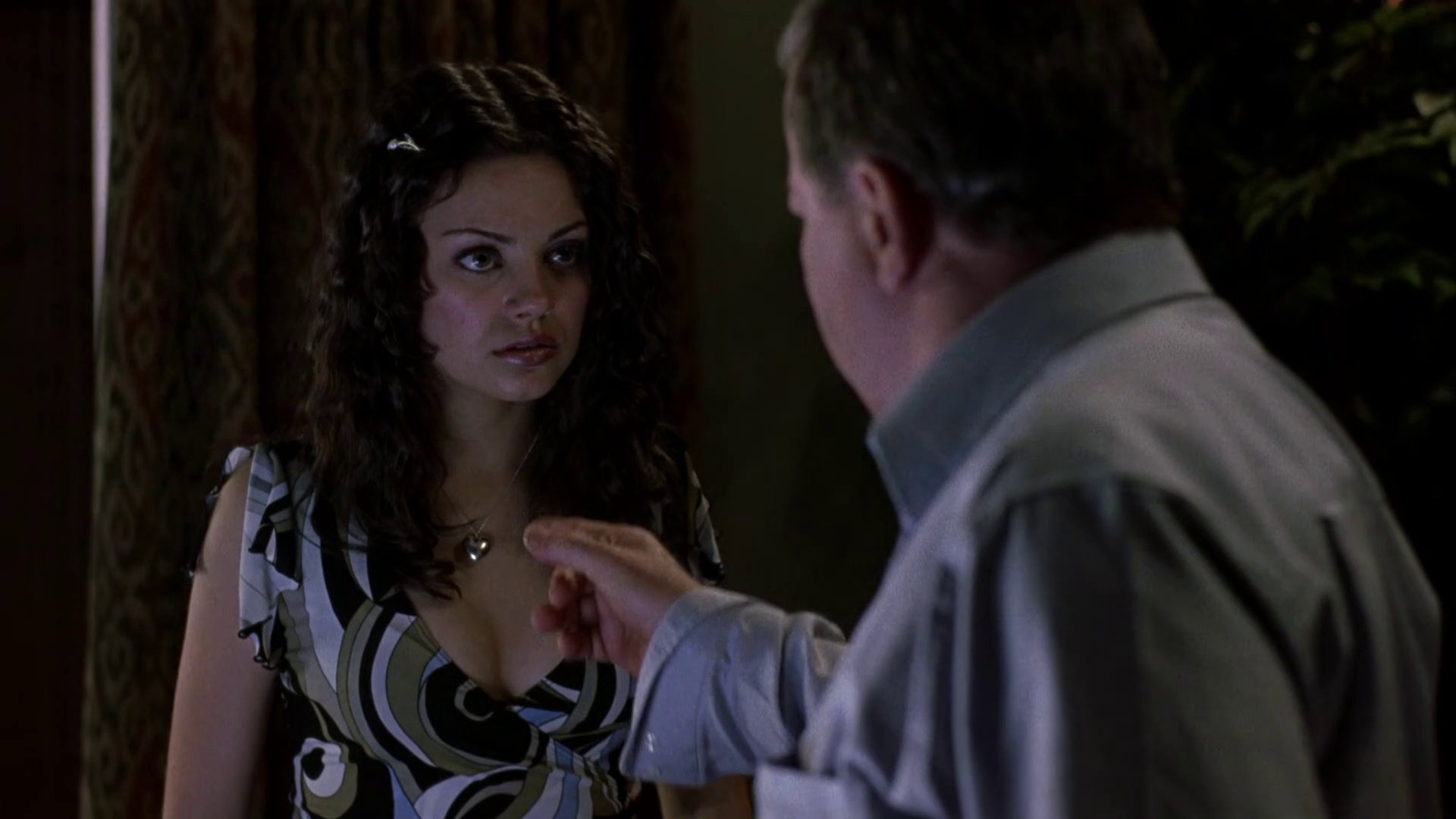 |
|---|
| Star Trek V: The Final Frontier is the best Sci-Fi Film ever made. I wrote it, directed it and starred in it. Now I am stuck in this piece of crap. Beam me up Scotty. |
Bateman, in American Psycho, is undeniably evil, but his actions make sense within the narrative because, having reached the pinnacle of capitalist society and losing his identity in the process, he finds his life meaningless and commits murders in a twisted attempt to give his existence substance. His erratic swings between covering up his crimes and craving recognition prevent him from being a mere cartoon villain.
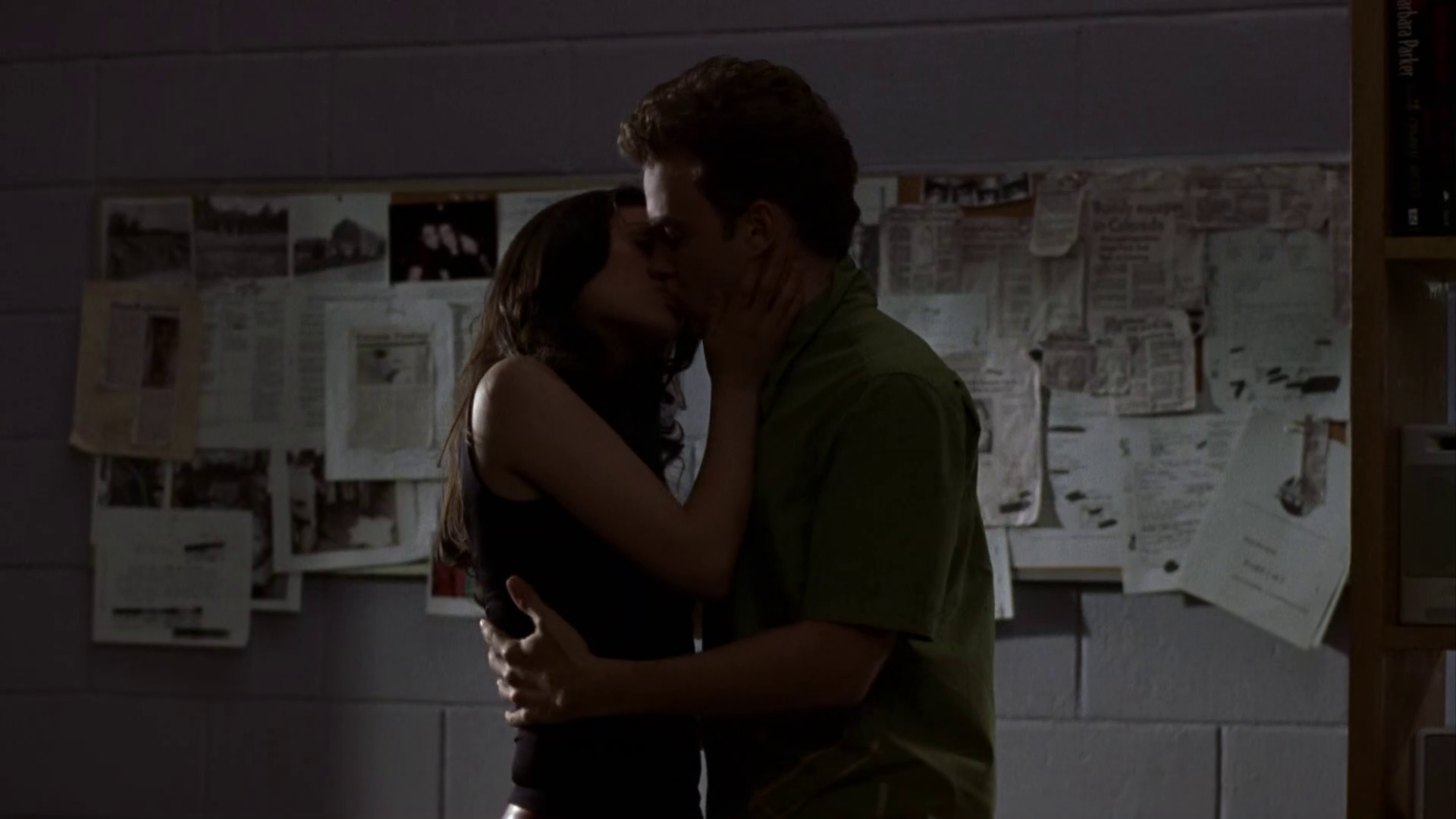 |
|---|
| American Psycho starts with Christian Bale’s butt and willy hanging out then gets more sexual as it goes along. The most we get in this movie is a kiss. He still doesn’t quite get his fingers on her. |
Meanwhile, for this, the BBC review opens with, “Imagine if the characters of the animated series Scooby-Doo were to turn on one another,” which sounds like a far more interesting film.
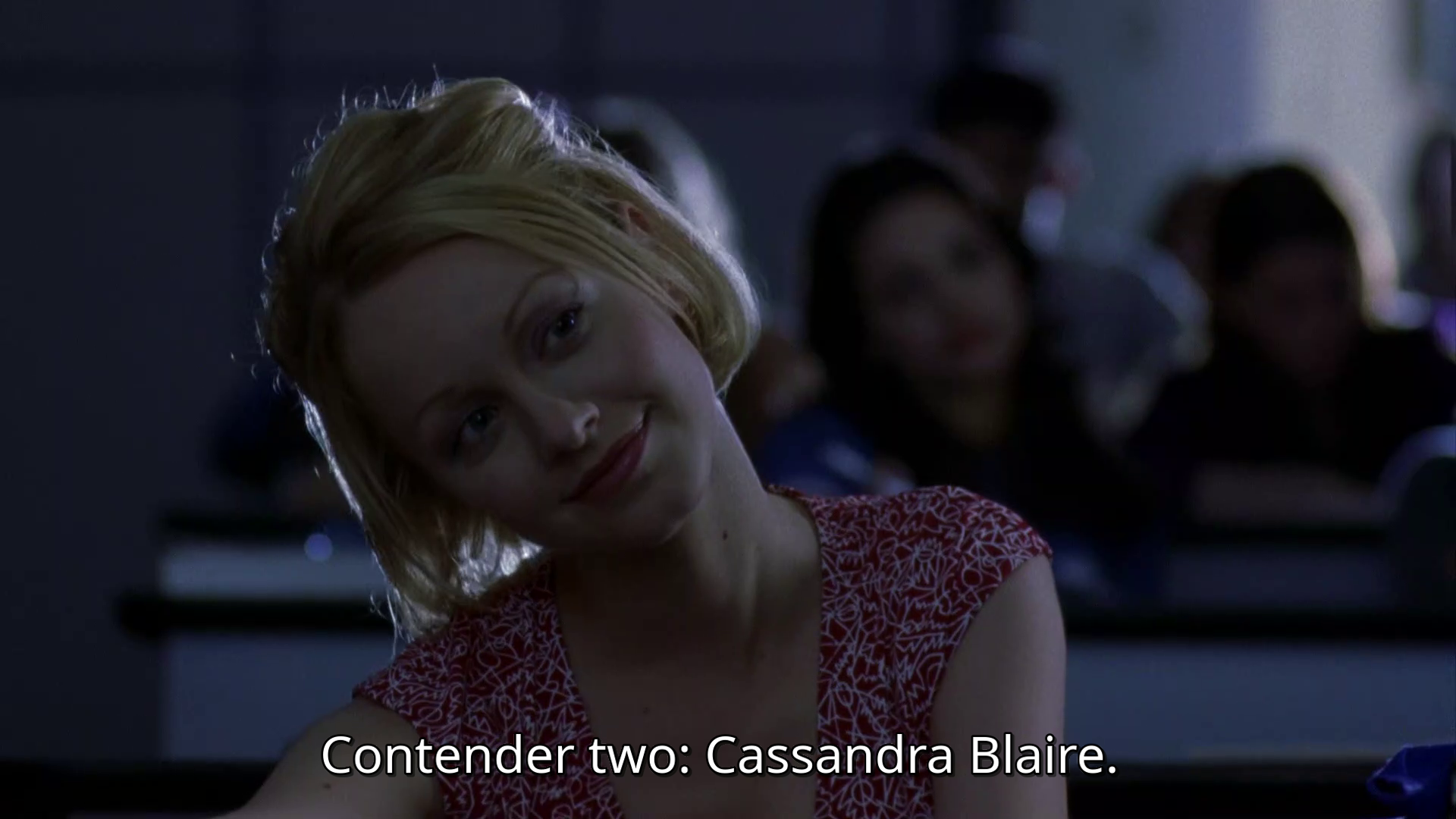 |
|---|
| The second classmate is the professor’s mistress; this friend at least gets a bit of screen time, but the arc goes nowhere. |
Rachael lacks Bateman’s enigmatic complexity, and this mischaracterisation ruins her interactions with the other classmates given speaking roles. They are introduced in a monologue as if they are the key characters.
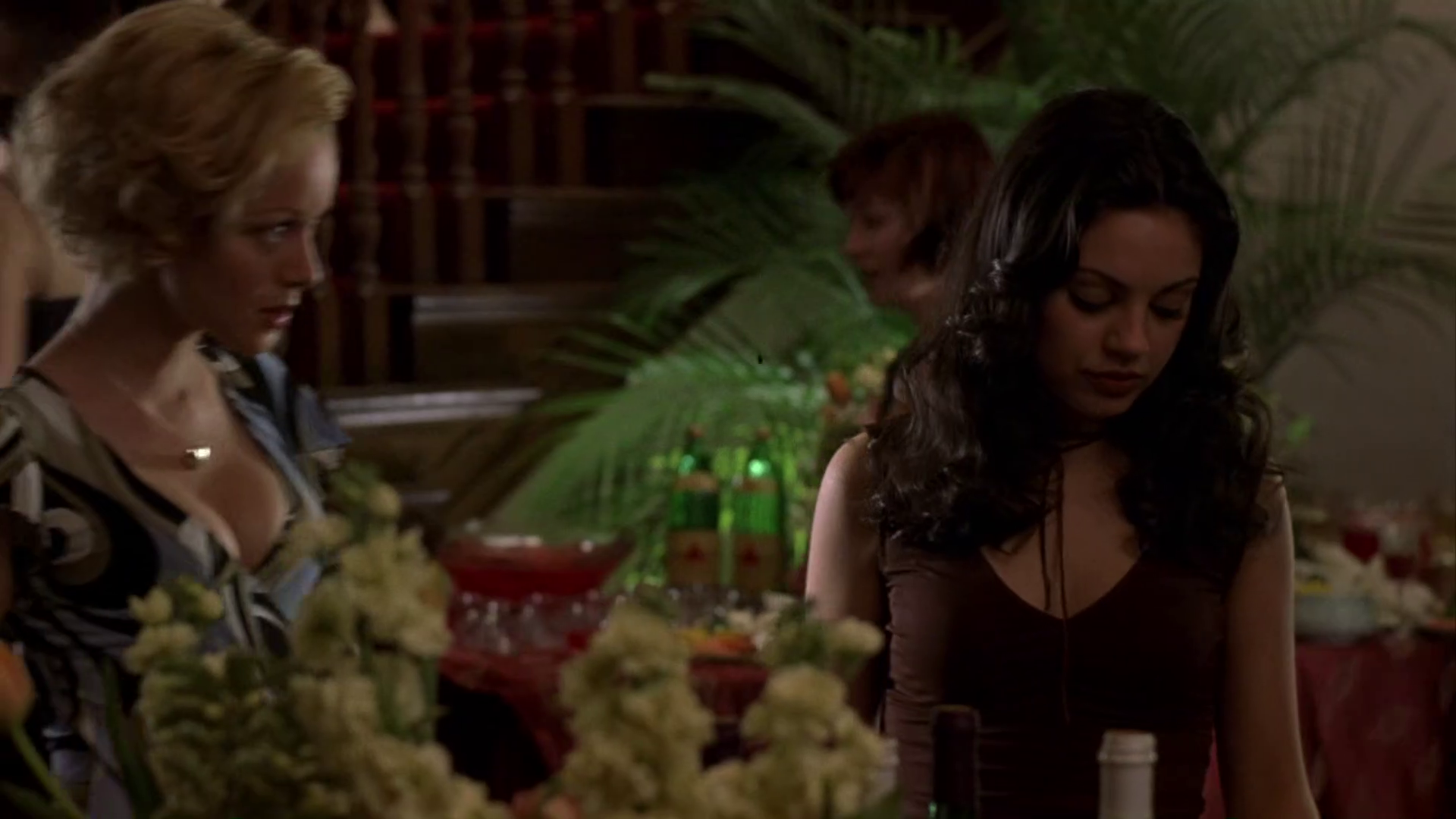 |
|---|
| It could have deepened the film and added a bit of horror ick if we saw William Shatner and his student lover making out. Sadly they tell rather than show. The mistress narrates her affair to Rachel. Out of focus, behind a pot plant. |
These characters needed to be strong supporting players but are blank NPCs to fit the American Psycho mould. If Rachael had a web of conflicting motivations, akin to Winona Ryder’s character in Heathers, the film’s stakes could have transcended mere slapstick.
 |
|---|
| The third classmate, a fellow psychopath, could have deepened the American Psycho theme by pitting two Batemans against each other. They followed The Silence of the Lambs with the sequel Hannibal, where Mason Verger pursued Hannibal Lecter. |
The death scenes lacked Bale’s energy to put it mildly. The whole thing is kept very family friendly, except you can’t show it to children because of the subject matter. If they started singing it would be a Disney movie.
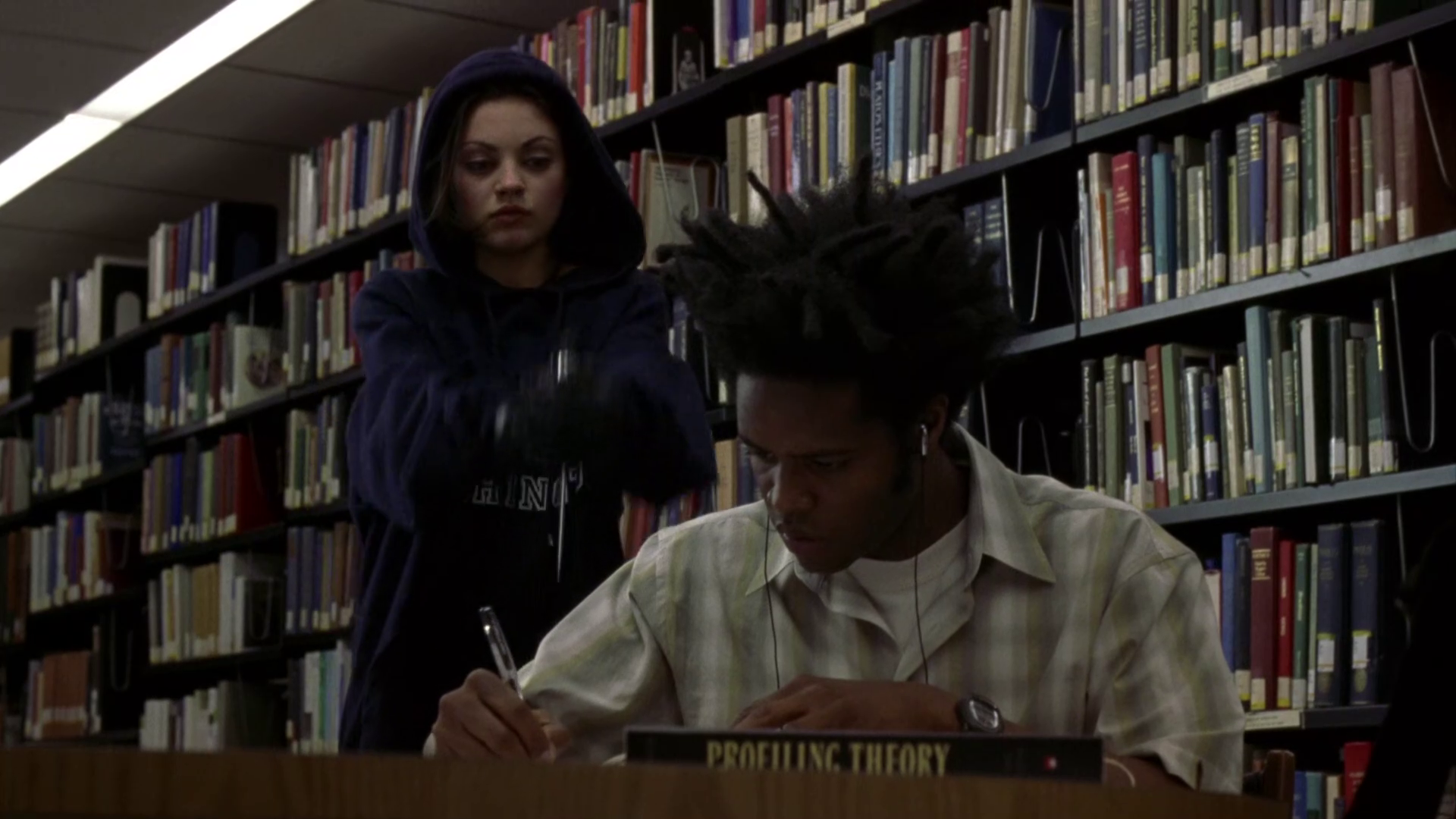 |
|---|
| They reduce this character to a brief, inconsequential scene, embodying the worst token black character trope. |
Rachael’s sessions with her psychiatrist, which should have added depth, are underdeveloped and lead nowhere. I wonder if there was more in the script, or more shot, than we see in the final version. The plot hints as if it was the driving force of the film, but like everything else, it never gets above first gear.
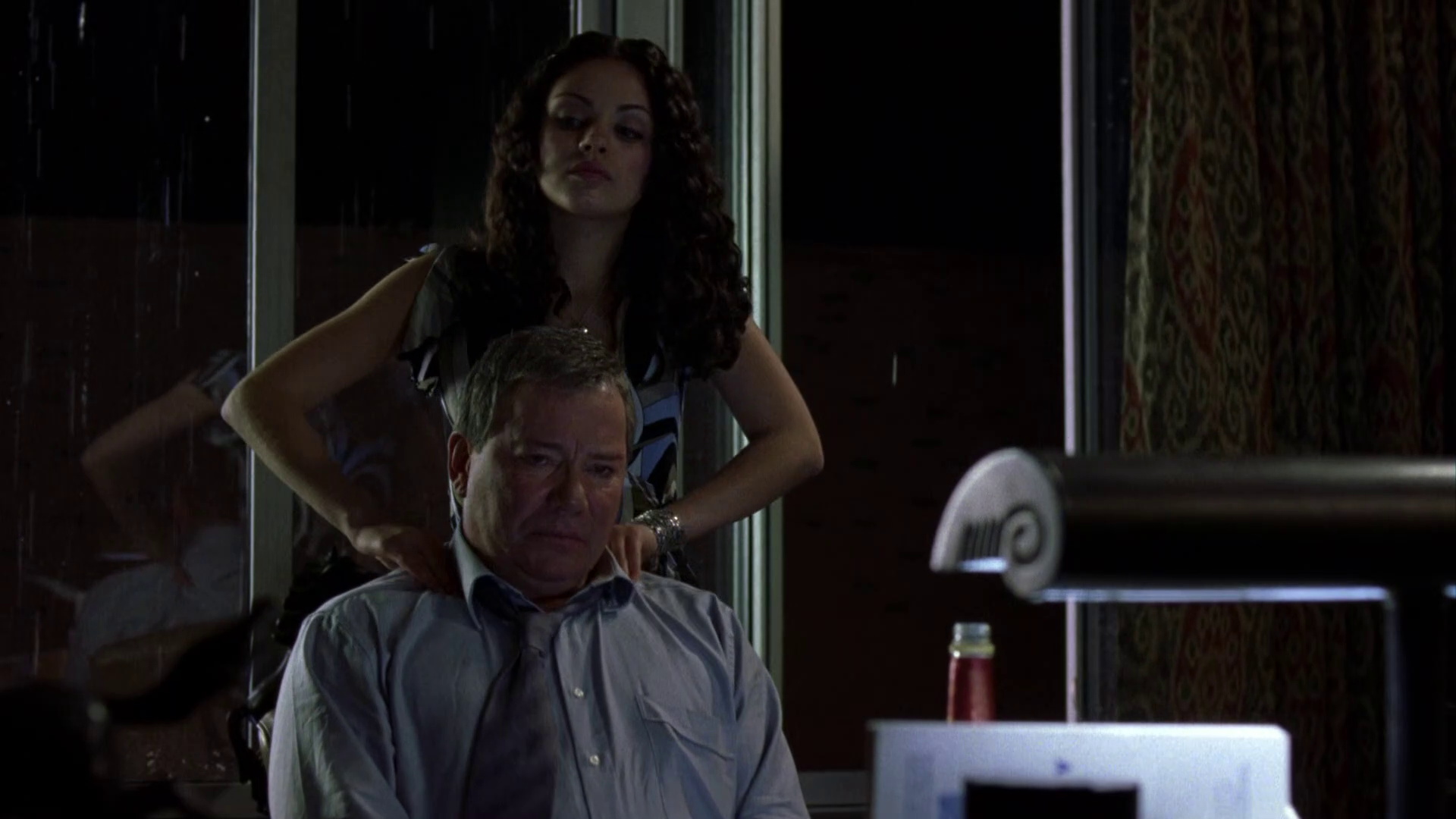 |
|---|
| Does anyone actually like shoulder massages? Here it is used as a lazy stand-in for seduction. Why didn’t they just make them get it on? It would have shown her deranged state much better. |
Everything builds towards the natural climax: the confrontation between Kunis and Shatner. But they wrap it up too early. When Rachael dispatches Shatner’s character at the 55-minute mark, I thought the film was over—only to glance at the clock and see 33 minutes still to go.
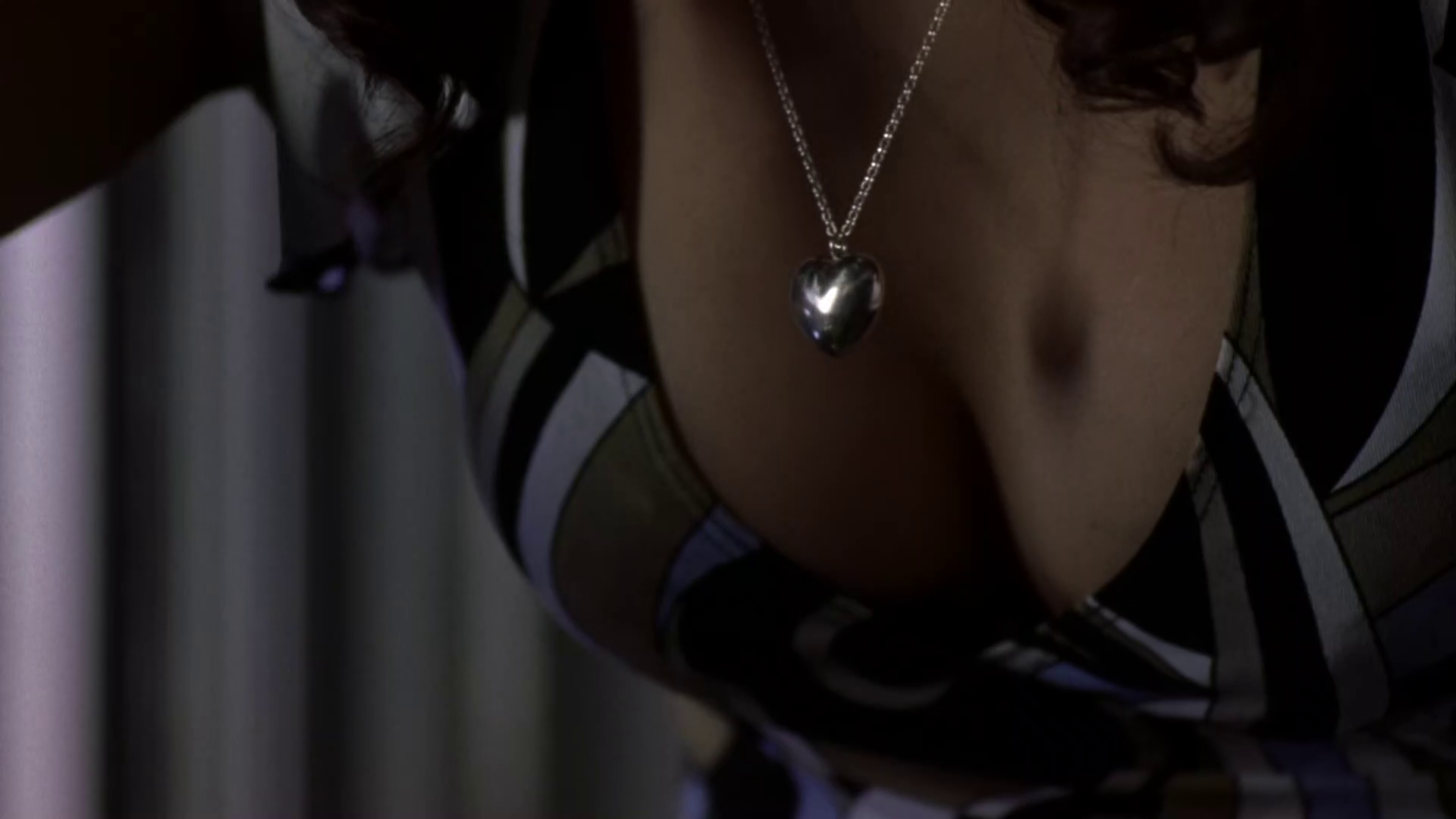 |
|---|
| The whole plot suddenly revolves around her bust. But in a surprisingly unsexy manner. |
There is an attempt at a Weekend at Bernie’s style skit using a dead William Shatner, which should have been hilarious but, like everything else in the film, is over-laboured and runs out of steam. To be fair, true of most American comedies—except for Jim Carrey, but it turns out he’s Canadian.
 |
|---|
| Apparently she is a psycho willing to do anything, but Marry Poppins was both scarier and sexier. |
The remainder, though possibly better, feels disconnected, like a different episode tacked onto the end. Not uncommon in B-movie land.
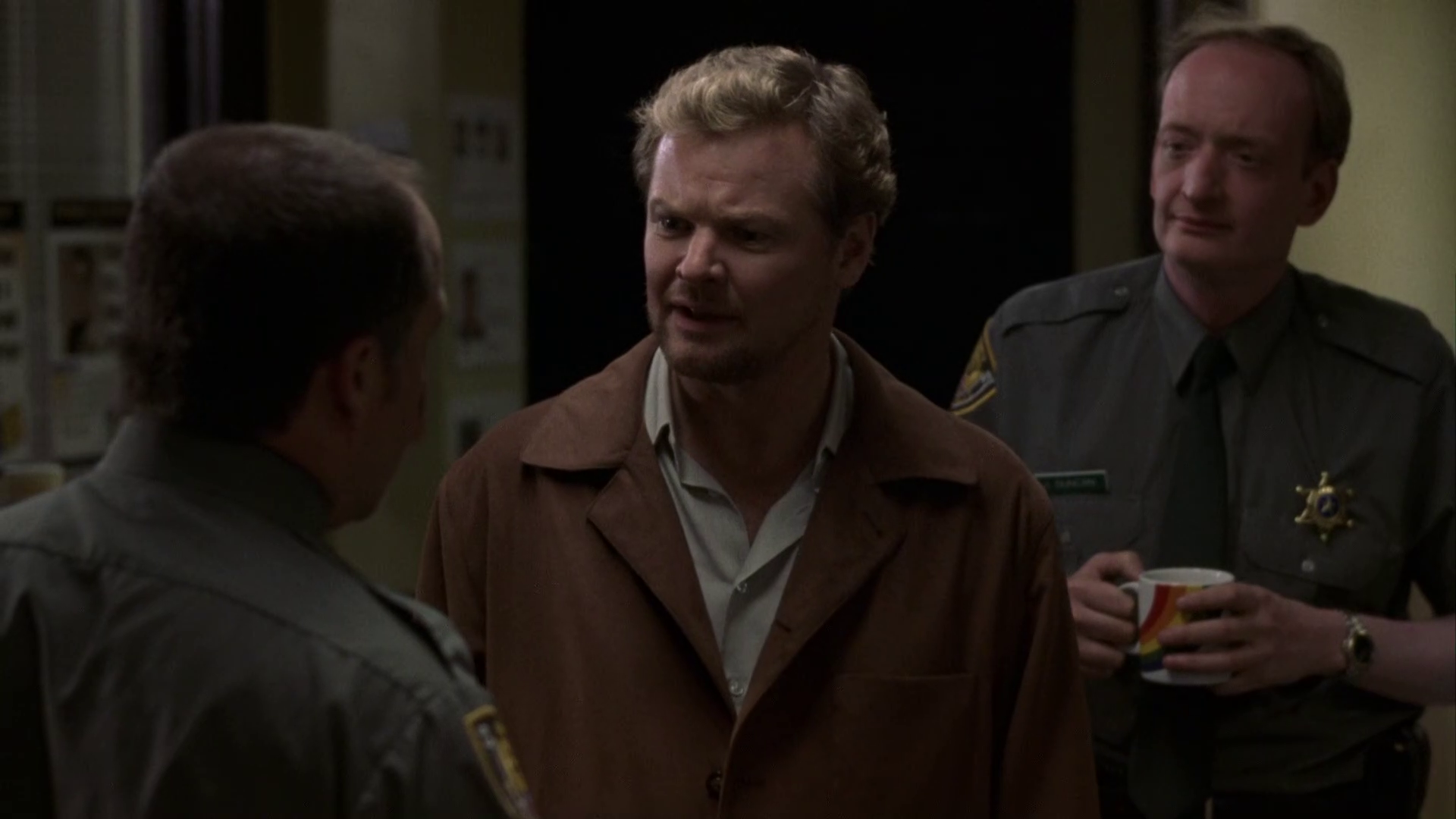 |
|---|
| Once Shatner exits, it falls to Geraint Wyn Davies to carry the film to its conclusion. Although not a Hollywood A-lister, he’s a skilled stage actor. He compensates for the lack of a proper Columbo-style reveal by using expressive eyes and (finally!) some comic timing (he’s British) to drag the ridiculous last act, a Keystone Cops-like car chase, towards Kunis’s closing monologue. |
The repetitive backing music in the last half-hour underscores the film’s descent into mediocrity, as if everyone but Davies had given up and gone to work on the next film.
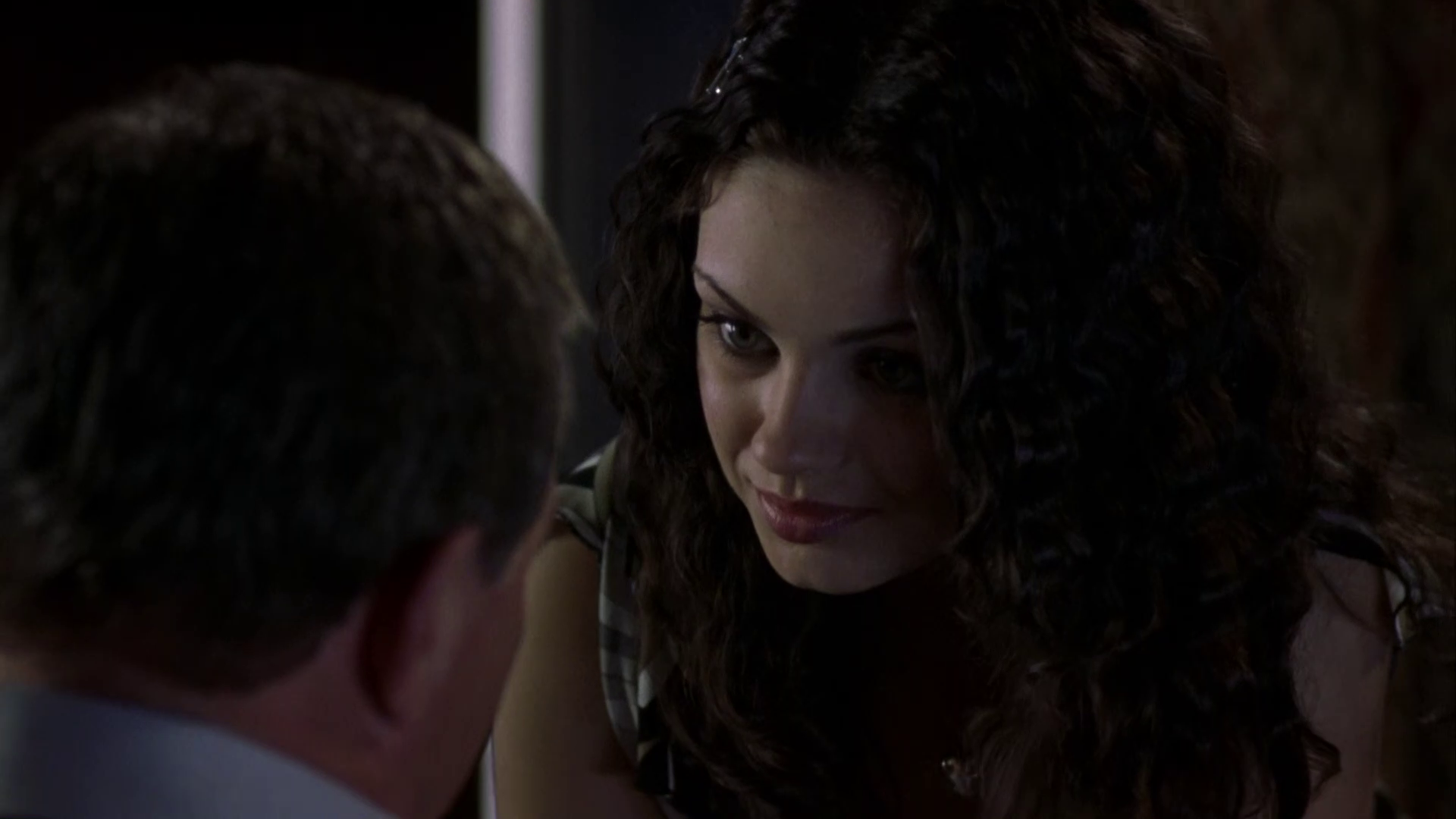 |
|---|
| As an original series Star Trek fan, I’ll watch anything with William Shatner. And if you want to bask in the youthful allure of Mila Kunis, there’s enough here to hold your interest. |
You could point out that Tarantino made Reservoir Dogs for just $1.5 million, so they could have done much more with the $10 million spent on this film. The difference lies in the writing. This movie suffers from a lazy, butchered script. Even with the mandate to retrofit a pre-existing screenplay into a sequel, better editing and a more thoughtful adaptation might have salvaged it. Putting away the critical writer’s pen and speaking as a viewer, I have to admit I enjoyed it.